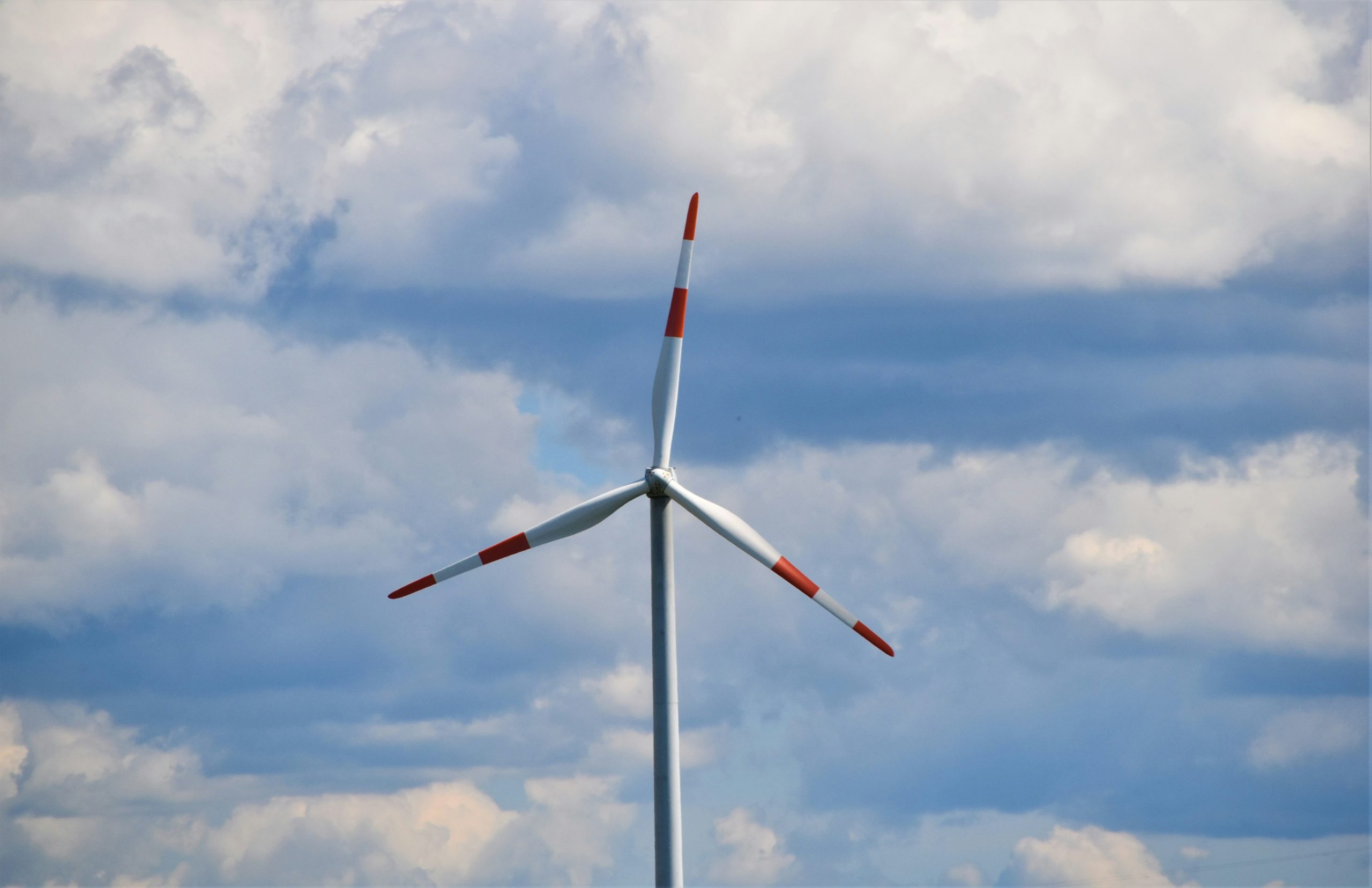Accelerated offshore wind development pleases the German business, but it is a major challenge for the industry. Companies in the supply sector need to take steps to upskill current employees and provide necessary training.
These are the conclusions of the Institute for Trend and Market Research wind:research, which presents data on the wind energy labor market up until 2019 in the third edition of its study on value creation of offshore wind energy in Germany. It turns out that in 2018 there were nearly 24,500 employees (FTEs) who generated €9.8 billion in turnover. By 2020, there were only about 21,500 (trade turnover of €7.4 billion).
As the offshore wind market has stagnated, many companies have exited the market due to, among other things, insolvency. And while in 2018, 33 percent of companies were still exclusively involved in offshore wind, dropping to just 23 percent by 2020.
The added value associated with the construction of offshore wind farms is not – as is often erroneously assumed – concentrated exclusively in the northern states, but is dispersed throughout Germany. Value creation in the areas of transportation and installation, as well as project development, maintenance, and repair, are naturally concentrated in coastal locations. Major manufacturers of offshore wind turbines are located there. In contrast, workers in the southern states are mainly employed in the value-added stages – in departments related to engineering, research, and development, but also in many supply companies.
Political turnaround could reverse trend, staffing shortages are a threat
German authorities have announced a turnaround in the offshore wind industry. Increasing development targets in Germany – 30 GW by 2030 and 70 GW by 2045 – give small and medium-sized market participants hope for recovery and long-term market viability.
One of the challenges in achieving these goals is the shortage of skilled workers, which makes it difficult for many companies to expand their operations. The German government plans to develop offshore wind energy much faster and stronger than previously planned. Therefore, the demand for skilled workers will increase dramatically in the coming years, explains wind:research.
According to experts, the sector needs to make significant efforts in the area of qualifications and training along the value chain, as well as in making jobs more attractive. To meet current development goals by 2040, the offshore wind sector can or must employ over 40,000 people in total.
Source: wind:research, windkraft-journal.de
















